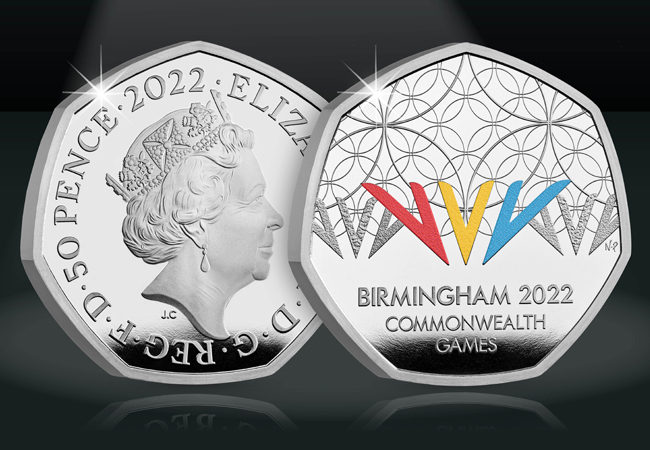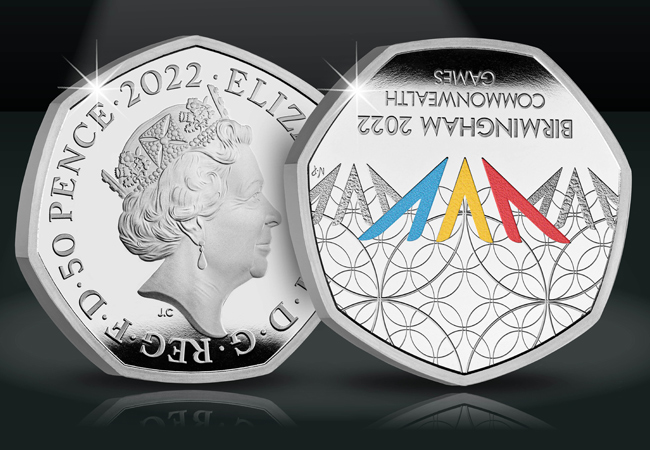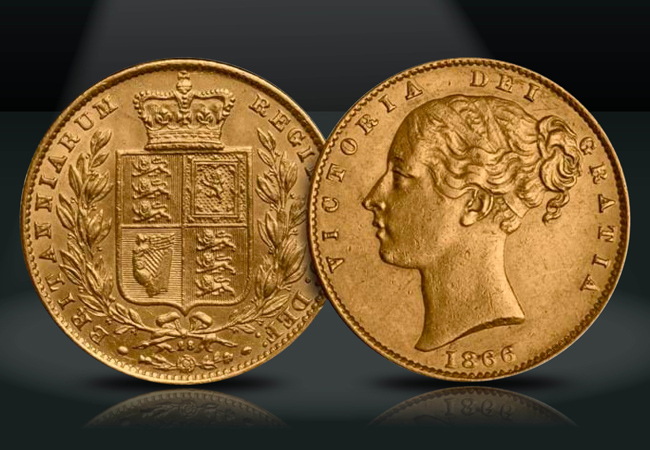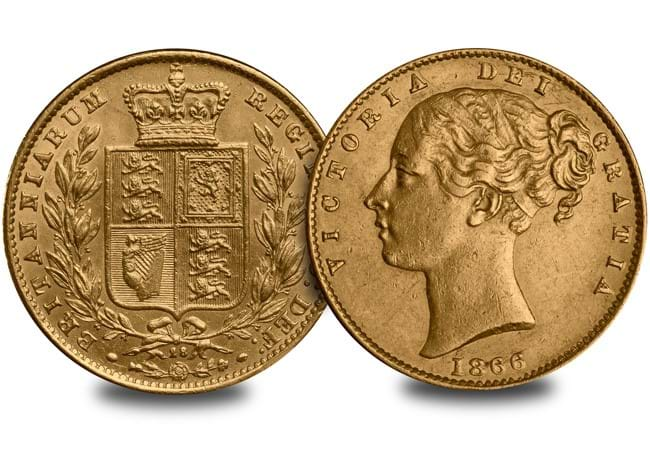“My coin has an error. One of the sides is upside down!”
If you’ve had that thought when looking at certain coins, don’t worry you’re not alone. The “upside down coin” question is one of the most common we’re asked.
In almost all cases, it’s never a mistake, but the alignment style decided by the mint.
A mint really only has two choices when deciding on an alignment style – coin alignment or medal alignment.
Perhaps surprisingly, the coins that you and I are most familiar with – the one we see in our pockets and wallets – are struck using medal alignment. This means that if you had a coin with the heads side up the right way, turned the coin over by lifting the right side, the reverse design would be up the same way. Like this:

It’s known as “medal alignment” because medals are often suspended by swivel and worn. That swivel allows for the medal to be turned and the reverse is the correct way up in relation to the obverse.
If you took the same coin from earlier and flipped it over by lifting from the bottom, the reverse would be upside down, like this:

However, if you did the same thing with an American coin, the opposite would be true because the US Mint strikes their coins with a coin alignment.
It was a very common practice here, but it started to change in the 19th century. The line in the sand moment actually came in 1887 for Queen Victoria’s Golden Jubilee coins. All four Sovereign denominations and silver coins were changed to medal alignment and never went back.
Which is why the coin you see here sparks so many questions and so much debate.

This is the “Young Head” Queen Victoria Shield Sovereign, struck between 1838 and 1874. The image you see here is somewhat misleading as this is a scarce Sovereign actually struck using coin alignment, so the reverse appears upside down when you turn the coin over “normally”.
So there you have it, it’s not some much-coveted rare Sovereign error coin, but just a purposeful choice of striking style from a different era. Take a modern Sovereign to America and the untrained viewer will think you have a very strange coin…
If you’re interested…
We’ve just acquired a small, but select stock of the Young Head Queen Victoria Shield Sovereign and invite you to add one to your collection today.
As the very first Sovereign of her reign, the Victoria Young Head Shield Back Sovereign is arguably one of the most collectable Classic coins.
It is the only Queen Victoria Sovereign to feature a Shield on the reverse, with all other Sovereigns struck during her rule depicting St. George and the Dragon on the reverse.
Given its place in numismatic history, it is an important coin that belongs in every Sovereign collection.
